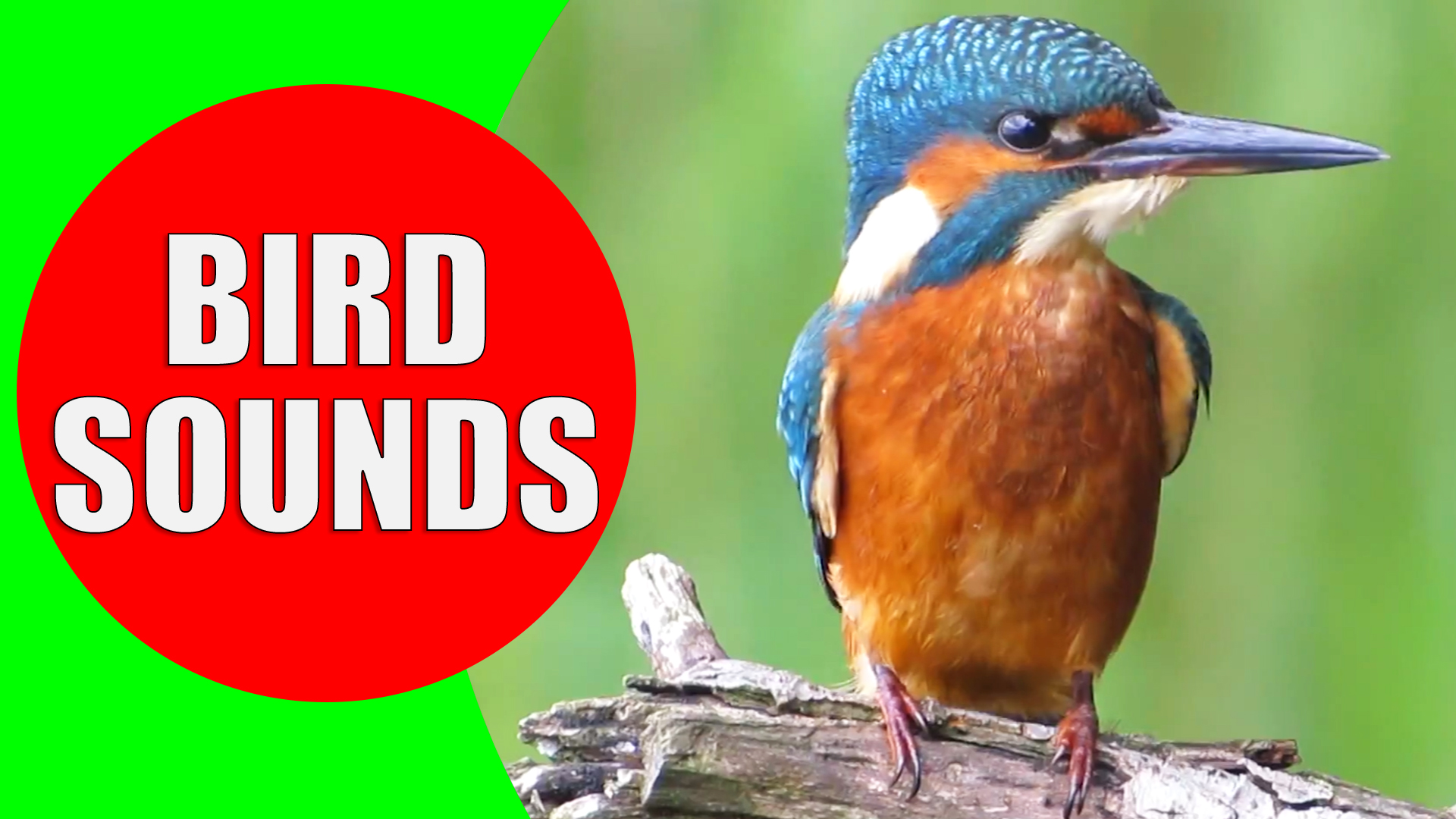

Experiments also suggest that parasites and diseases may directly affect song characteristics such as song rate, which thereby act as reliable indicators of health. Scientists hypothesize that bird song evolved through sexual selection, and experiments suggest that the quality of bird song may be a good indicator of fitness. One of the two main functions of bird song is mate attraction. perplexus) makes a slow, high-pitched ah-ah-aaaah sound. Function The Western Australian raven ( Corvus coronoides, ssp. In February 2023, scientists reported that the possible sounds that ankylosaur dinosaurs may have made were bird-like vocalizations based on a finding of a fossilized larynx from the ankylosaur Pinacosaurus grangeri. It can control the two sides of the trachea independently, which is how some species can produce two notes at once. The bird controls the pitch by changing the tension on the membranes and controls both pitch and volume by changing the force of exhalation. The syrinx and sometimes a surrounding air sac resonate to sound waves that are made by membranes past which the bird forces air. The avian vocal organ is called the syrinx it is a bony structure at the bottom of the trachea (unlike the larynx at the top of the mammalian trachea).
#ALL ABOUT BIRDS SOUNDS SERIES#
Anatomy and physiology A red-legged seriema ( Cariama cristata) from Brazil making a series of calls The high frequency of female vocalisations in the tropics, Australia and Southern Africa may also relate to very low mortality rates producing much stronger pair-bonding and territoriality. With aseasonal irregular breeding, both sexes must be brought into breeding condition and vocalisation, especially duetting, serves this purpose. These differences have been known for a long time and are generally attributed to the much less regular and seasonal climate of Australian and African arid zones requiring that birds breed at any time when conditions are favourable, although they cannot breed in many years because food supply never increases above a minimal level.

In extratropical Eurasia and the Americas almost all song is produced by male birds however, in the tropics and to a greater extent the desert belts of Australia and Africa it is more typical for females to sing as much as males.

Song is usually delivered from prominent perches, although some species may sing when flying. The term sonate has been defined as the act of producing non-vocal sounds that are intentionally modulated communicative signals, produced using non-syringeal structures such as the bill, wings, tail, feet and body feathers. The production of sounds by mechanical means as opposed to the use of the syrinx has been termed variously instrumental music by Charles Darwin, mechanical sounds and more recently sonation. In some manakins ( Pipridae), the males have evolved several mechanisms for mechanical sound production, including mechanisms for stridulation not unlike those found in some insects. Some groups are nearly voiceless, producing only percussive and rhythmic sounds, such as the storks, which clatter their bills. The bird produces sound with its wings.īird song is best developed in the order Passeriformes. Sclater in 1860 and discussed by Charles Darwin in 1871. Wing feathers of a male club-winged manakin, with the modifications noted by P. It is generally agreed upon in birding and ornithology which sounds are songs and which are calls, and a good field guide will differentiate between the two. Still others require song to have syllabic diversity and temporal regularity akin to the repetitive and transformative patterns that define music. Other authorities such as Howell and Webb (1995) make the distinction based on function, so that short vocalizations, such as those of pigeons, and even non-vocal sounds, such as the drumming of woodpeckers and the " winnowing" of snipes' wings in display flight, are considered songs. Songs are longer and more complex and are associated with territory and courtship and mating, while calls tend to serve such functions as alarms or keeping members of a flock in contact. The distinction between songs and calls is based upon complexity, length, and context. In ornithology and birding, songs (relatively complex vocalizations) are distinguished by function from calls (relatively simple vocalizations).ĭefinition Eastern wood pewee: note the simple repetitive pattern of ascending and descending tones from a grounding note. In non-technical use, bird songs are the bird sounds that are melodious to the human ear. Sounds birds use to communicate An eastern towhee ( Pipilo erythrophthalmus) singing, Jamaica Bay Wildlife Refuge, United States Blackbird songīird vocalization includes both bird calls and bird songs.


 0 kommentar(er)
0 kommentar(er)
